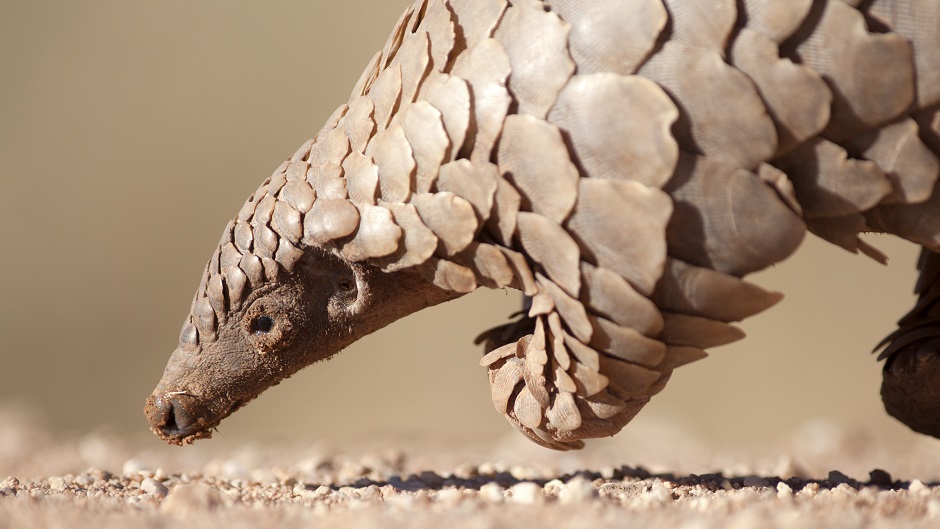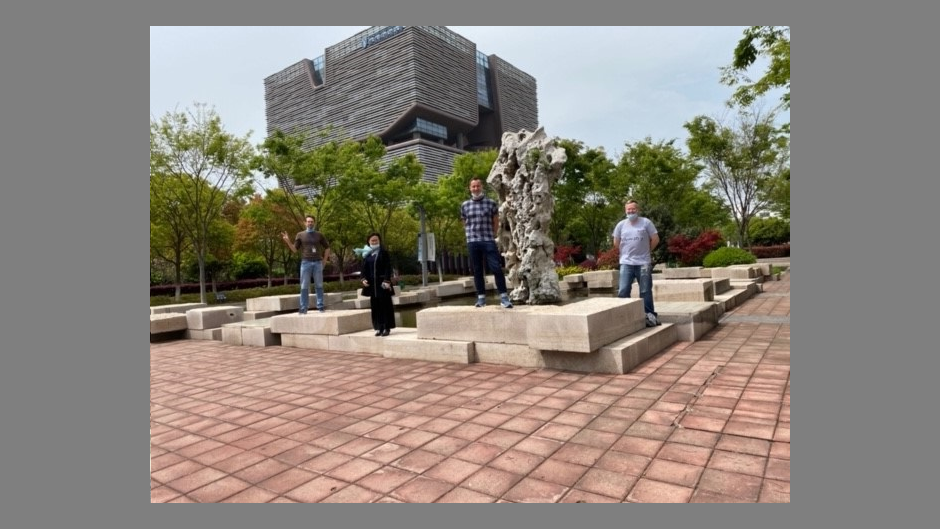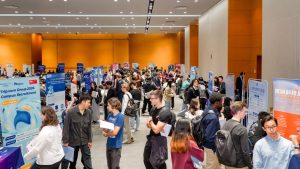21 Jul 2020
From smoke alarm devices in public places and formaldehyde gas detectors in residential property, to the warning systems used in detecting dangerous industrial exhaust gas, all these products to protect environment and ensure our safety require a gas sensor.
Recently, Xi'an Jiaotong Liverpool-University and Suzhou Institute of Nano-tech and Nano-Bionics of the Chinese Academy of Sciences jointly developed novel technology that will improve the design and performance of gas sensors.
The improvements are related to address the challenges with inconsistent production of gas sensors in a larger scale at lower cost, said Dr Sujie Qin of XJTLU’s Department of Health and Environmental Sciences.
"Inconsistent production of gas sensors leads to the inaccurate sensing performance, and we hope to provide a novel solution for solving this bottleneck problem. " said Dr Sujie Qin of the Department of Health and Environmental Sciences of XJTLU (pictured below, centre). 
Dr Qin has long been engaged in research on the detection of organic pollutants and polluted gases. Her research project on semiconductor gas sensors was carried out in cooperation with Ting Zhang, a researcher at Suzhou Institute of Nano-tech and Nano-Bionics, Chinese Academy of Sciences. The team members include Dr Lin Liu (above, right), a PhD graduate (2019) of XJTLU and Yingyi Wang (above left), a bachelor's degree graduate of XJTLU (2018).
The phased research results of the project were recently published in Microsystems & Nanoengineering, a subsidiary journal of Nature. Dr Liu, the first author of the paper, said that these gas sensors use nano-sized metal oxides as the gas sensing material for detecting gas.
"The current mainstream technology is to mix the gas sensing material with organic binder and coat it on the sensing chip,” Dr Liu said.
However, she said, this technology results in problems with poor material uniformity, since sensing materials tend to aggregate in the coating process, and cause weak bonding between the material and the microchip.
“After the material is coated on the sensor microchip, it may fall off,” Dr Liu explained.
To solve these problems, the project innovatively combines two technologies: micro-electro-mechanical systems (MEMS) fabrication technology and material in-situ growth technology.

"MEMS technology creates micro-gas sensor chips on a silicon wafer substrate from 'top-down,'” Dr Liu said.
“In-situ growth technology uses chemical methods to grow the sensing material in the central area of the sensor into a three-dimensional nano-array from ‘bottom-up’.
"Compared with the traditional coating method, since the material is grown in situ, the binding force and adhesion force are greatly improved and the stability of the device is also improved.
"In addition, the in-situ growth method can adjust and control the morphology and size of the material, avoiding aggregation, which is conducive to the preparation of gas sensors with uniform gas sensing performance.
"The scheme is simple, low-cost and has the potential for large-scale production."
Another article related to the work was published in ACS Applied Materials & Interfaces.
According to Dr Qin, the project is expected to promote high-throughput, mass production of semiconductor gas sensors at lower cost.
The team has applied for a patent for the preparation scheme and will later verify its feasibility more widely by working with industry partners.
"In the real world, gas sensors need to be able to work in complex environments. In the next phase of research, we will study and eliminate or avoid the influence of various environmental factors on the performance of the devices, such as environmental humidity." Dr Qin said.
"How various environmental factors affect the work of sensors is often unpredictable. We need to find out the key influencing factors, discover the solution, and integrate it into the preparation scheme of the device. To achieve a leap from the laboratory to real-life application is the direction of our next stage of exploration."

By Luyun Shi, edited by Will Venn
Photos by Yao Chu and Weiqian Zhang
21 Jul 2020
RELATED NEWS

China’s wild meat ban a good step, say XJTLU researchers
China’s recent ban on trade and consumption of wild meat was a necessary step in stopping wildlife trade in the country, says a researcher at Xi’an Jiaotong-...
Learn more

XJTLU wet laboratories prepare to re-start research
As university research laboratories around the world shut down to prevent the spread of COVID-19, the impact on scientific research could be considerable. N...
Learn more

Global education’s way forward? Mix online, onsite teaching
International cooperation and education that blends a mix of online and onsite learning, is the torchlight through which globalisation can endure and progres...
Learn more







